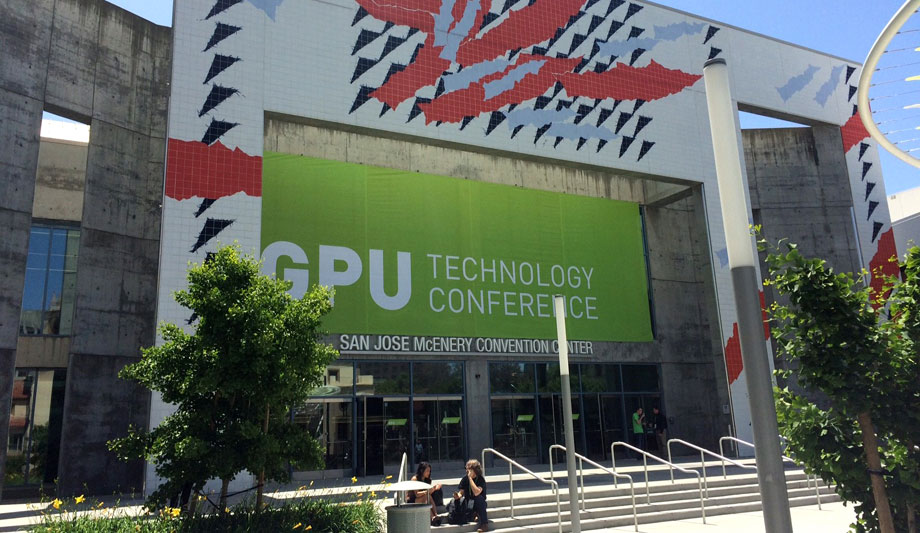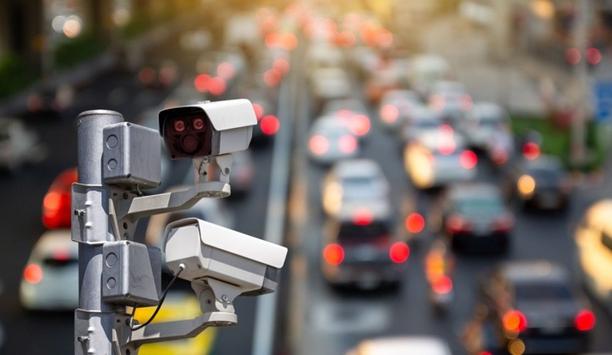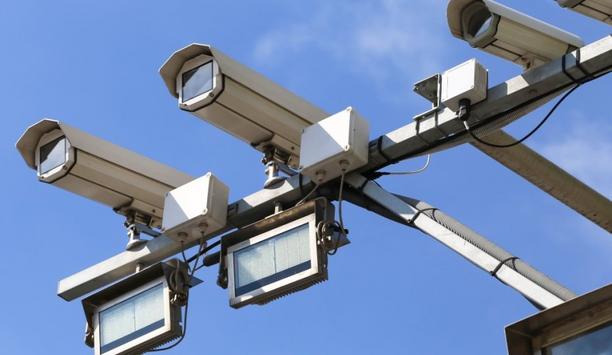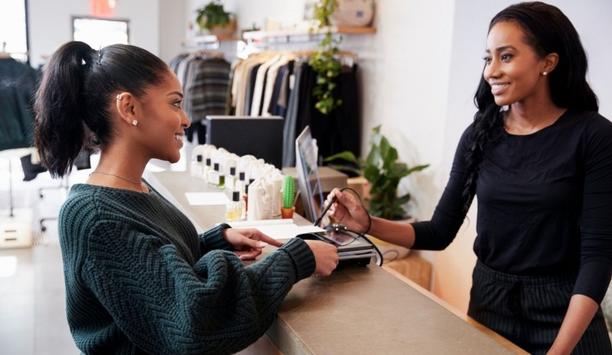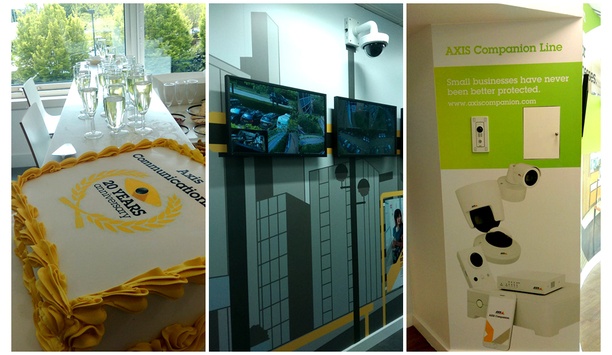A technology poised to transform the physical security market is deep learning, which is a neural network approach to machine learning, differentiated by an ability to train using large data sets for greater accuracy. In effect, the system “learns” by looking at lots of data to achieve artificial intelligence (AI).
Phases of deep learning
I heard a lot about AI, including how it can transform the physical security marketplace, when I attended NVIDIA’s GPU Technology Conference (GTC) in San Jose recently.
Recognising images, including video images, is a big focus of AI. In the past, you needed programmers to spend months telling a computer how to recognise an image. In deep learning, instead of programming the computer, you just show it many different images and it "learns" to distinguish the differences. This is the "training" phase. After the neural network learns about the data, it can then use "inference" to interpret new data based on what it has learned. In effect, if it has seen enough cats before, it will know when a new image is a cat.
Factors enabling AI
Deep learning and AI are fast-growing areas for a wide range of uses – physical security is just one. It is all made possible by the coming together of three factors. One is the availability of lots of data. This is the “big data” we have been hearing about; in effect, a proliferation of sensors (including video cameras) has produced a large enough mass of data to enable systems to be trained effectively. The second factor is the development of new algorithms to train neural networks faster, and the third is the availability of computer hardware (specifically GPUs, graphics processing units), that is capable of rapidly completing the involved calculations. NVIDIA manufactures those GPUs and sponsors the annual GTC conference, all about how they can be used more effectively.
“Deep learning is about teaching technology to understand the world around us in a way that is similar to how we understand it” |
Deep learning and neural network computing is everywhere. It is now widely available in on-premises computers, in systems embedded in edge devices, and even in the cloud. The edge is particularly important in the video surveillance market, enabling systems to function despite any bandwidth or latency issues that would limit the effectiveness of a central server-based system. Edge-based functionality also limits concerns about the privacy of information, and eliminates dependence on the availability of 3G connectivity.
NVIDIA AI City initiative
Video analytics applications fall under NVIDIA's “AI City” initiative, which they describe as a combination of "safe cities" (video surveillance, law enforcement, forensics) and "smart cities" (traffic management, retail analytics, resource optimisation). Depending on the application, AI City technology must function in the cloud, on premises and/or at the edge. NVIDIA’s new Metropolis initiative offers AI at every system level, from the Jetson TX2 "embedded supercomputer" available at the edge, to on-premises servers (using NVIDIA’s Tesla and Quadro) to cloud systems (using NVIDIA’s DGX).
“AI City applications need an edge-to-cloud architecture,” says Jesse Clayton, Senior Manager, Product Management, Intelligent Machines, at NVIDIA. “Some applications, such as body cameras and parking entrance applications, have to have AI at the edge. But for other problems, you need to aggregate multiple sources of information, such as using AI on an on-premises server for hundreds of video cameras.”
The sheer volume of installed cameras in the world makes video an AI problem – more than 1 billion cameras worldwide by 2020 will provide 30 billion frames of video per day. The existing limitations of current video systems to adapt and function well in real-world conditions point to a need for better technology, as do the traditional shortcomings of video analytics systems. Video systems can achieve "super-human" results, identifying and classifying images using artificial intelligence.
 |
| NVIDIA’s GPU Technology Conference offered a chance for Avigilon to interact with others focused on AI |
AI in video surveillance
AI is steadily making its way into video surveillance. Multiple security industry partners are using NVIDIA GPUs to boost the effectiveness of their systems. Many companies highlighted their initiatives at ISC West in April and again at NVIDIA’s GPU Technology Conference. Among them are Avigilon’s Appearance Search and BriefCam’s real-time video synopsis system. Hikvision uses the technology for a six-fold improvement detecting pedestrians in the rain, while Dahua is speeding up its licence plate recognition system by five times. Other companies using the technology are UNV Uniview (vehicle classification), SeeQuestor (investigations), Xjera Labs (people and attribute detection) and Sensetime (object detection).
NVIDIA’s Quadro GPU system enables Avigilon network video recorders (NVRs) to search simultaneously across hundreds of cameras to find images that are similar in appearance, such as faces that match an example. The GPU’s fast and efficient processing power, available in a small and affordable form factor, provides a system that is scalable and cost-effective but can run complex algorithms to provide rapid results.
Beyond recognising objects, the |
“Deep learning is about teaching technology to understand the world around us in a way that is similar to how we understand it,” says Willem Ryan, Senior Director, Global Marketing at Avigilon. “What seem simple to us in terms of how we perceive the world is complex for a machine to do, but a machine learns faster. Deep learning allows you to teach a machine how to make connections that we make every day. Using GPUs, a system can make assumptions and calculations instantaneously.”
Beyond recognising objects, the system can also learn about how objects interact in the environment, and look for anomalies or non-typical events. For example, if the system sees a car go onto a pavement, it could provide an alert.
How will AI develop?
NVIDIA’s GTC conference offered a chance for Avigilon to interact with others focused on AI, and to share Avigilon’s knowledge of the unique AI challenges of the video surveillance market. “This is the heart of the development of AI and deep learning,” said Ryan at the GTC conference. “To be involved and part of this is exciting to Avigilon, and we can expose people here to how AI can be used in a way they may not be familiar with. We have talked to people who didn’t realise how video surveillance happens currently, and how AI is changing it. “
“We want to continue to support the idea of GPU processing and how using it can make video surveillance solutions more effective, and change how people interact with video,” he added. “That’s where we see the impact. There have been challenges we have struggled to overcome in the security industry, and these are the breakthroughs that will help us overcome those challenges. So, we want to be at the forefront and involved in those discussions.”
The impact of AI and deep learning on the physical security industry is only beginning. The full realisation of that impact over the next few years will be fascinating to watch.
